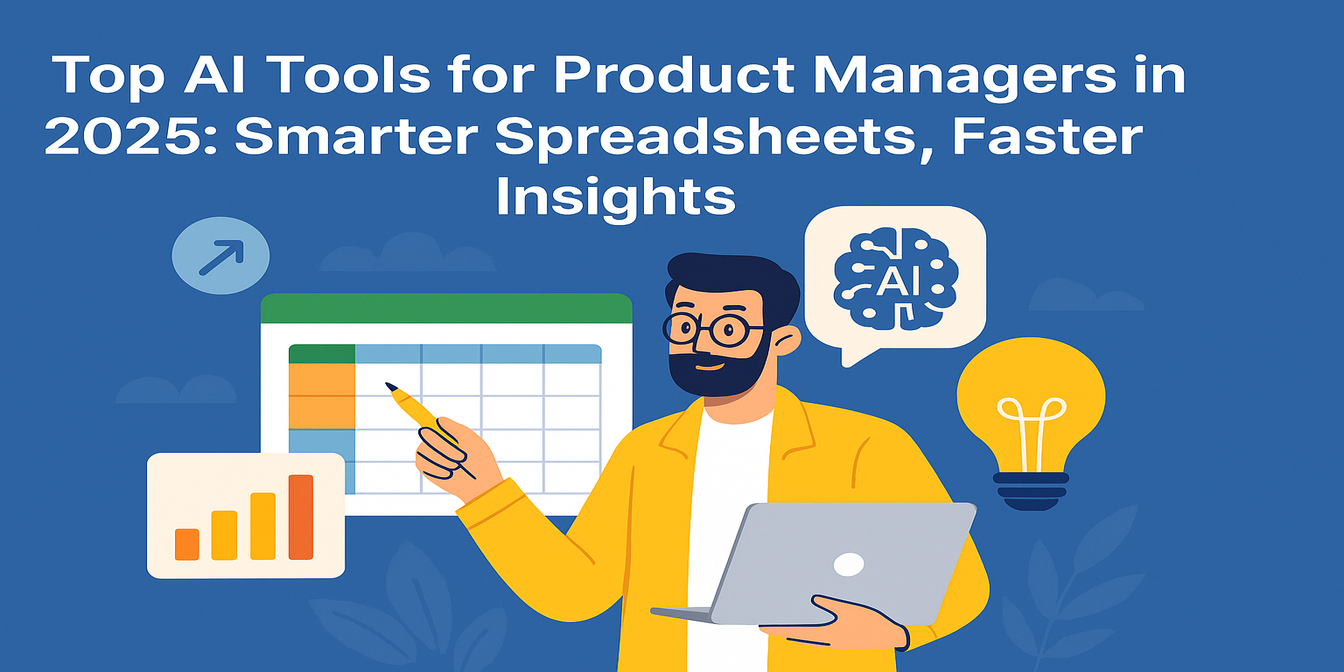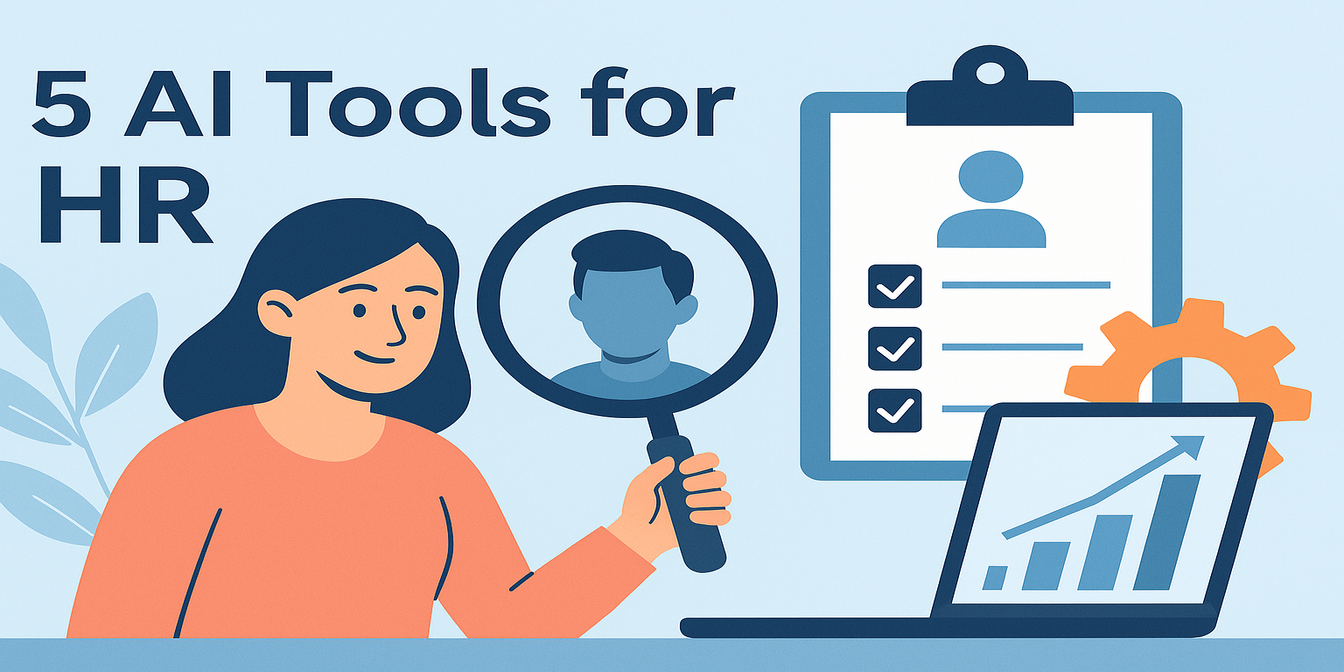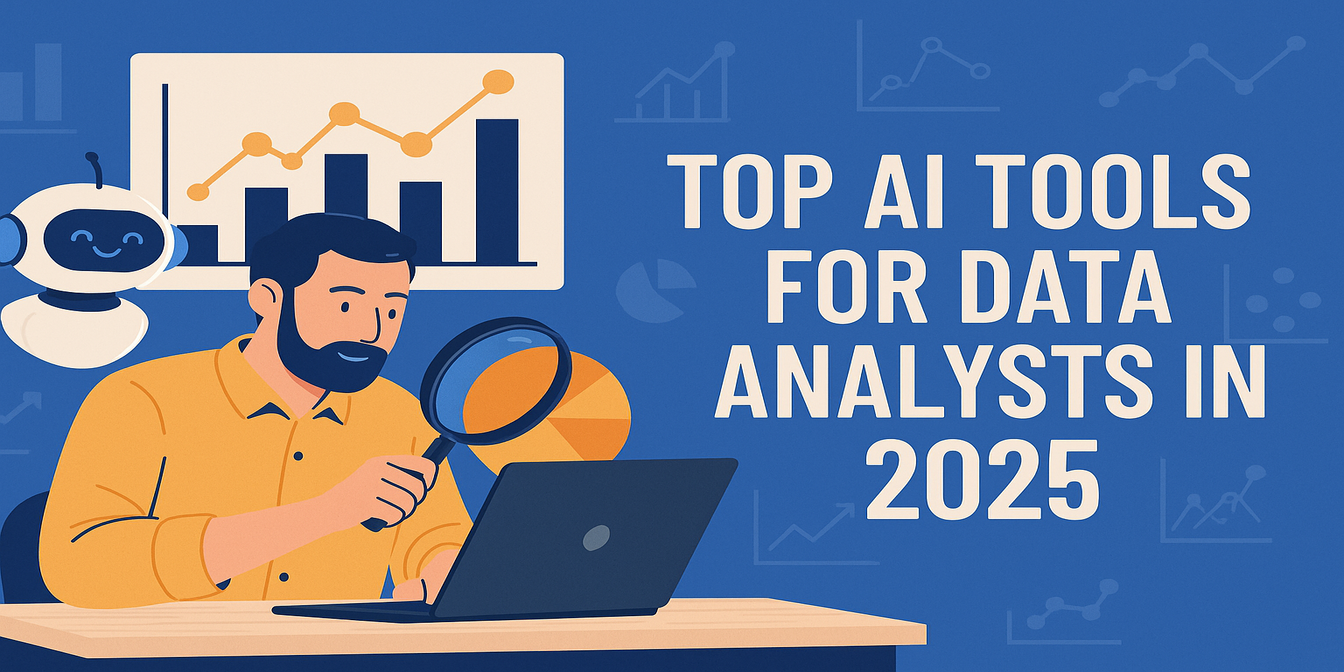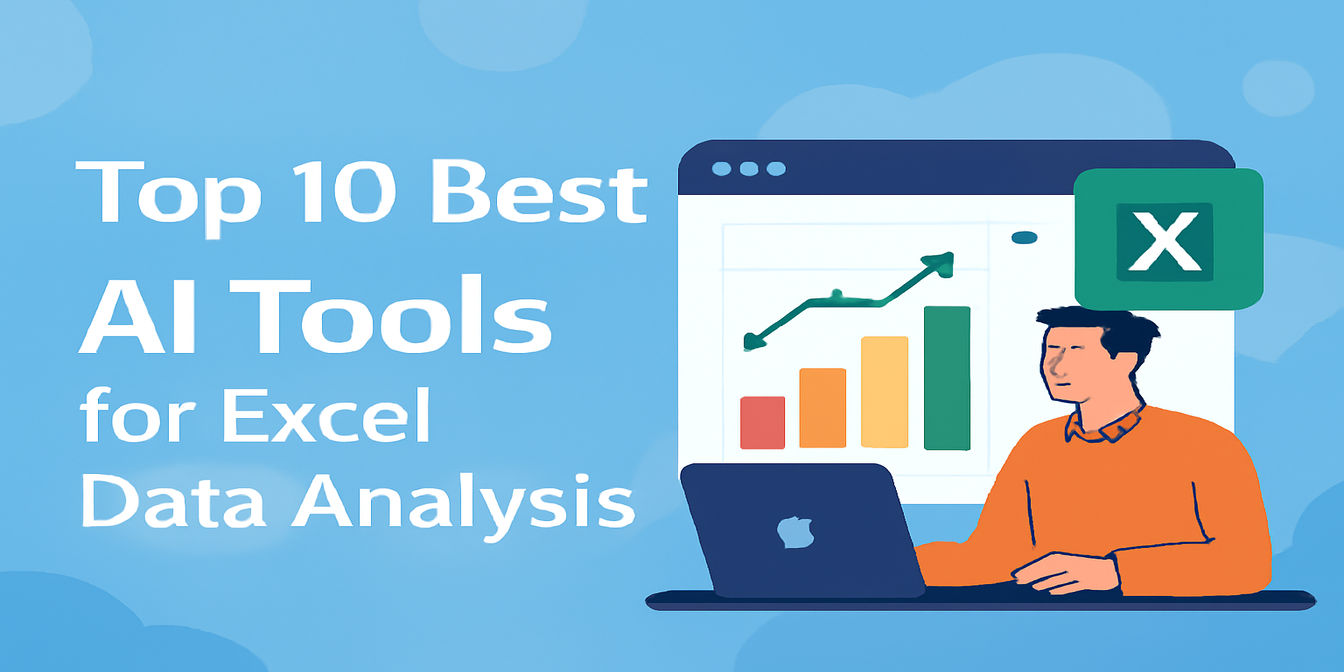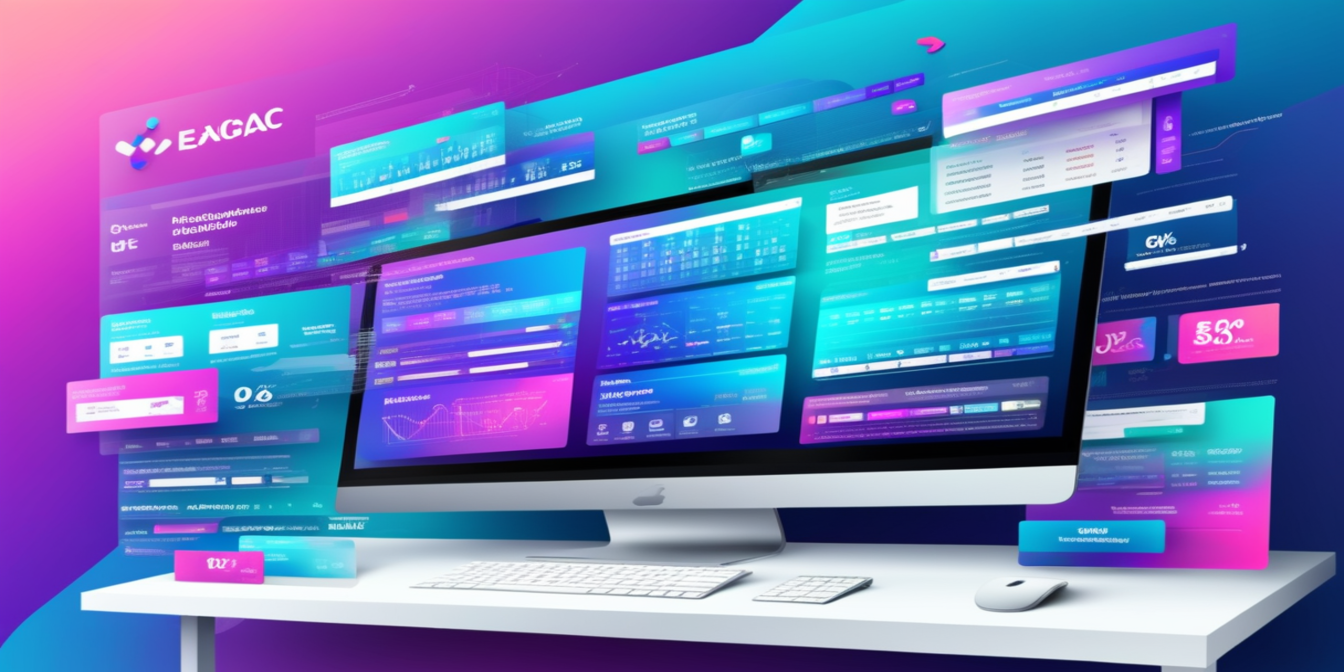Market researchers are always racing the clock. Whether you're analyzing survey results, compiling industry benchmarks, or cleaning messy client datasets, you live inside Excel, Google Forms, and PDF exports that need taming.
The problem? Spreadsheets weren’t built for storytelling. And traditional research tools either cost a fortune or require steep learning curves. Enter a new wave of AI-powered tools that don’t replace your process—they upgrade it.
Here are five market research-friendly tools that simplify how you clean data, find insights, and report findings—starting with the one built for every analyst’s favorite (and most frustrating) tool: Excel.
1. Excelmatic
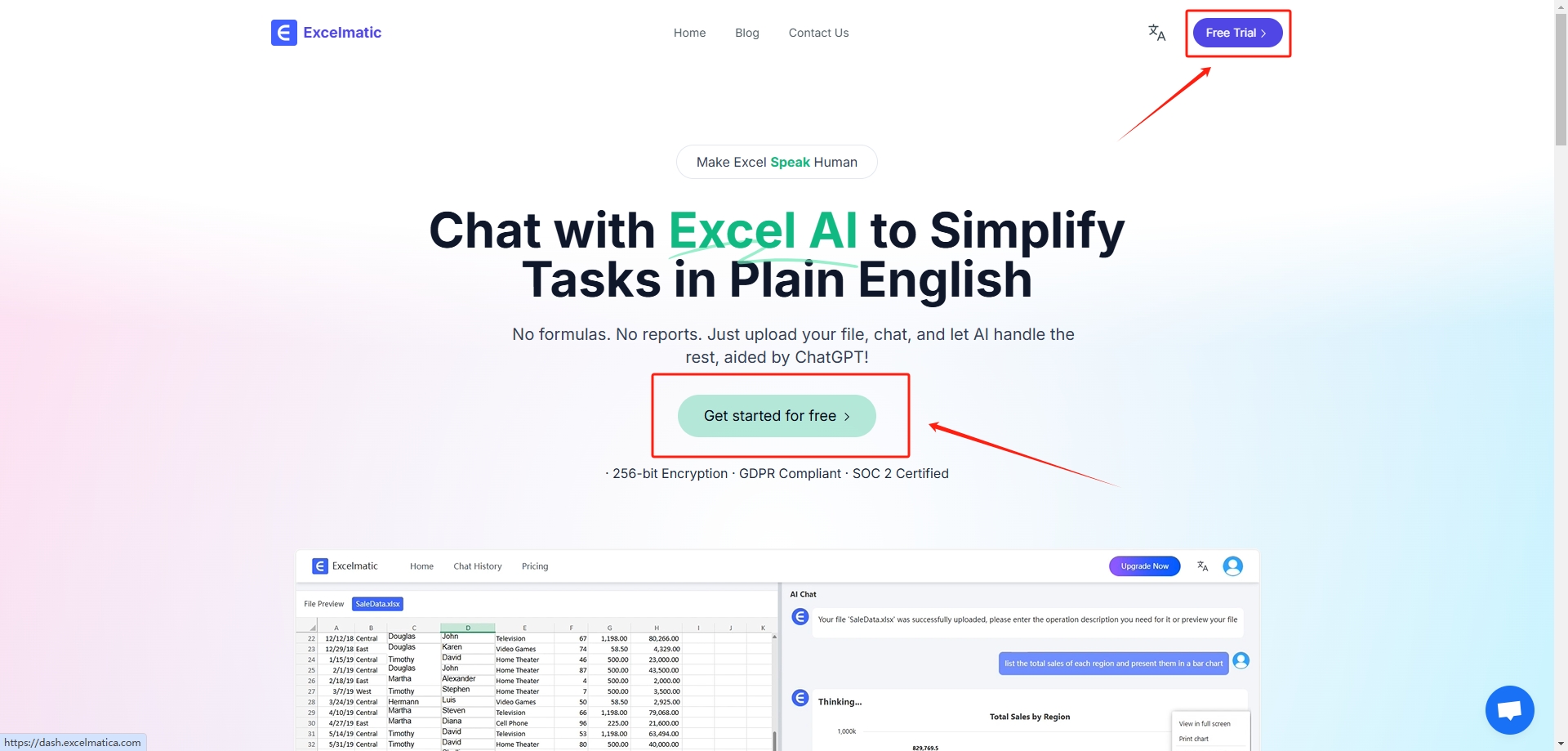
If your research workflow starts with a CSV download and ends in a 3-tab Excel workbook full of filters and pivot tables, Excelmatic is your secret weapon. It helps you extract insights from raw spreadsheets just by asking questions in plain English.
You might ask:
Summarize survey satisfaction scores by region.
Flag responses missing demographic data.
Create a chart showing trend changes by month.
Excelmatic returns clean tables, highlight-ready stats, and auto-generated visuals like Bar Charts or line graphs. It also detects formatting issues (like date inconsistencies or missing categories) and helps you standardize them—all without writing a single formula.
For researchers who rely on Excel but don’t have time to fight formulas, it’s a massive upgrade.
Pricing: Free plan available; base plan starts at $5.99/month
Best For: Market researchers working in Excel who want fast, formula-free analysis
2. Qualtrics XM Discover
🔗 https://www.qualtrics.com/discover
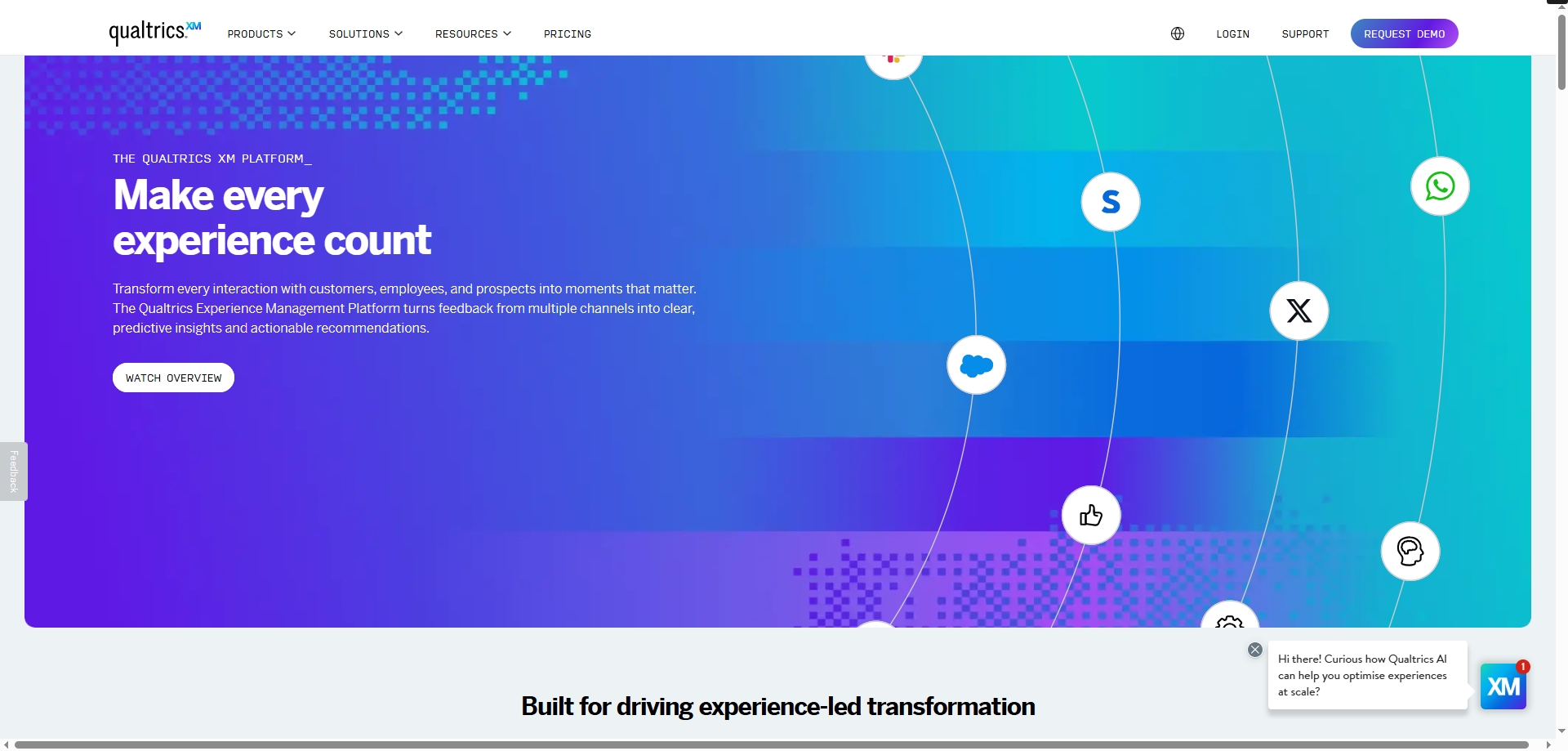
Once you’ve gathered qualitative data—open-ended responses, transcripts, interview notes—XM Discover helps you find the patterns that matter. Its natural language processing engine groups themes, sentiment, and even emerging topics over time.
It’s perfect when you're tired of word clouds and want real nuance. You can even export themes and sentiment scores back into Excelmatic for visual correlation with quantitative metrics.
Pricing: Enterprise-tiered; demo required
Best For: Teams running large-scale or longitudinal studies with qualitative components
3. Crayon
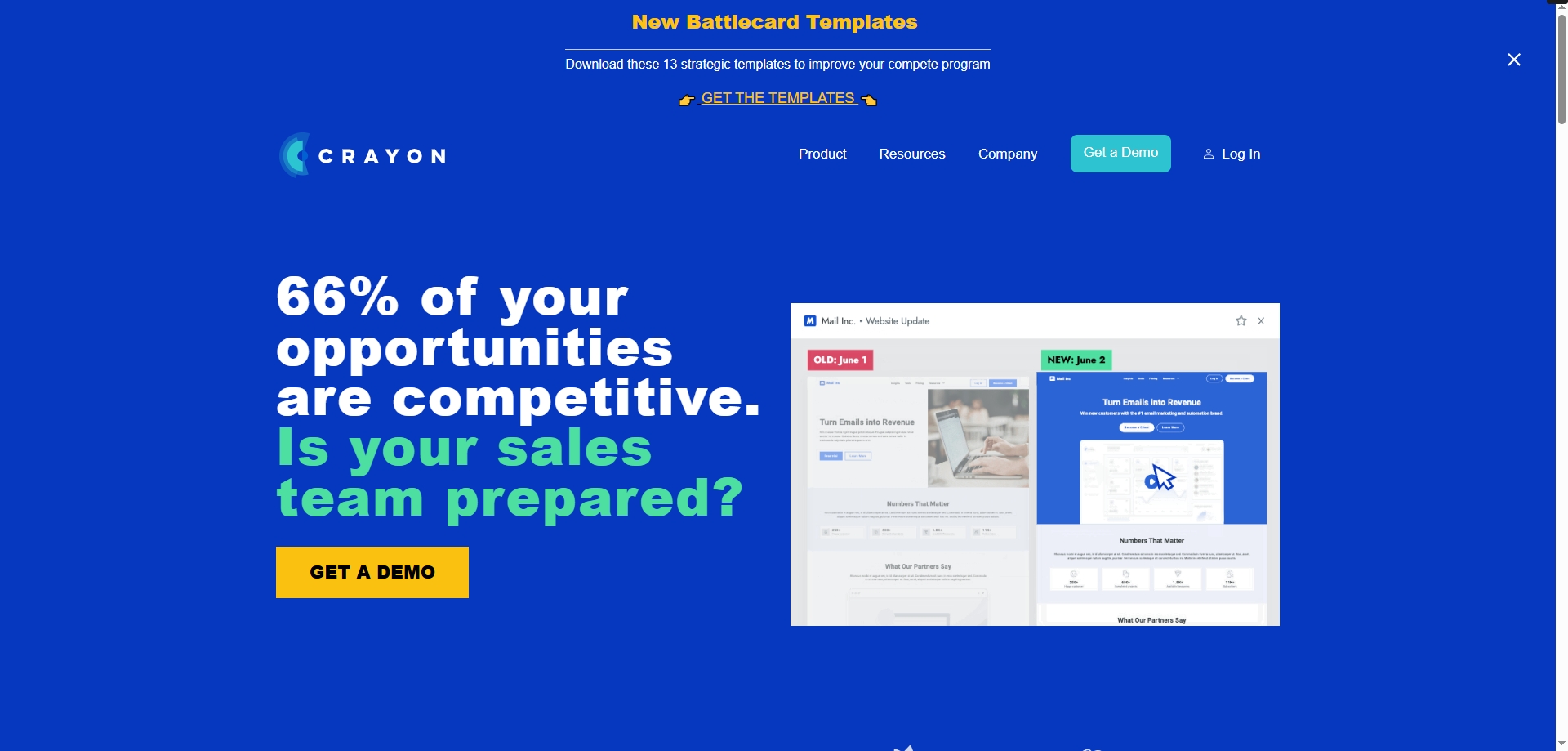
In competitive research, staying updated is a full-time job. Crayon tracks your competitors’ web updates, product launches, pricing shifts, and marketing changes in real-time. Instead of building a Google Sheet of “what changed,” Crayon auto-alerts you—and even generates slide-ready summaries.
Want to analyze changes by product segment or pricing tier? Export your tracked updates to Excel and let Excelmatic help you segment and chart the data.
Pricing: Starts around $13,000/year for full access
Best For: Competitive intelligence teams that need fresh data without endless browsing
4. Pollfish
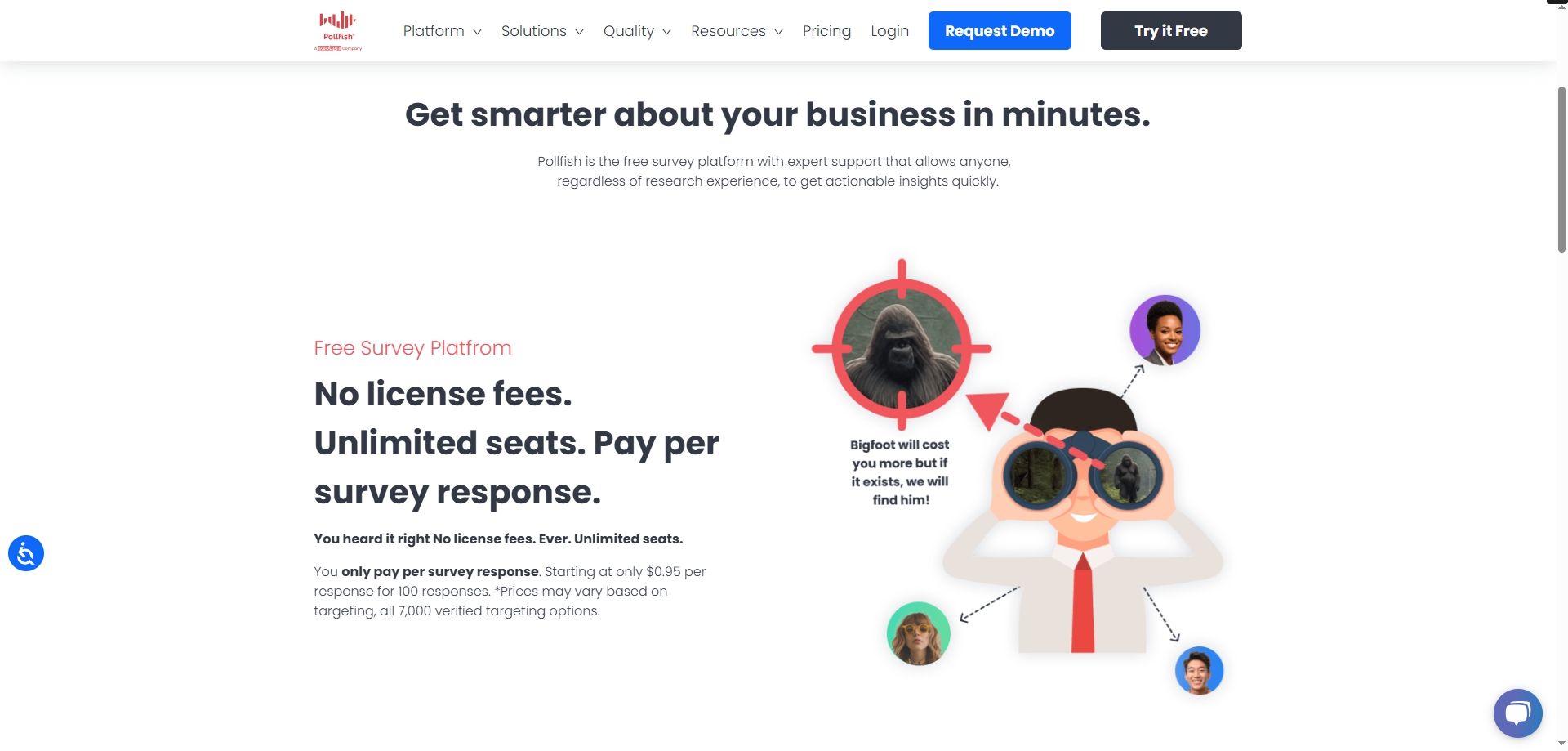
Need survey data fast? Pollfish lets you target millions of mobile users across over 160 countries. You define your audience (say, “US-based managers aged 30–45 who’ve bought online in the last month”) and get results often within hours.
Where it gets powerful is pairing Pollfish’s raw output with Excelmatic. You can instantly clean responses, calculate response rates, or group data by audience segment without lifting a VLOOKUP.
Pricing: Pay-per-complete (starts ~$1–$5 per response depending on audience)
Best For: Researchers needing fast-turnaround, targeted survey data
5. Remesh
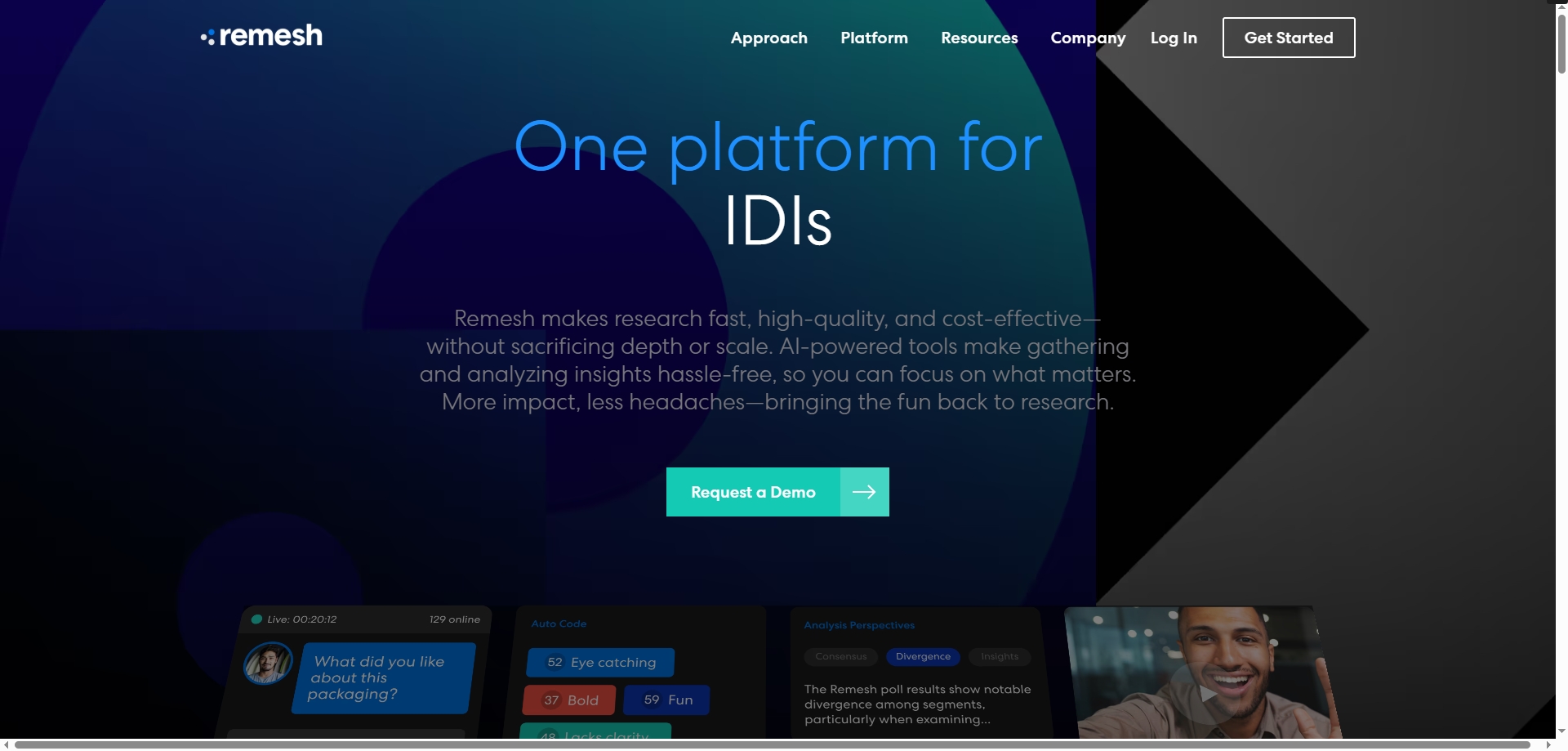
Remesh offers live qualitative research at scale. Instead of a traditional focus group, you invite hundreds of participants to respond simultaneously to your questions, then use AI to cluster, analyze, and report on those responses in real-time.
It’s not a replacement for field interviews—but it’s a compelling hybrid. Want to correlate the live insights with post-survey behavior? Export Remesh results into Excel and run a behavioral overlay using Excelmatic.
Pricing: Custom quotes per project or license
Best For: Mixed-method research teams combining qual and quant data
Final Thoughts: Your Brain, Their Power
Good research isn’t about collecting more data—it’s about connecting dots faster. These tools don’t take your place as a researcher. They just handle the grunt work, so you can focus on interpretation, storytelling, and strategy.
Start with Excelmatic if you’re looking to squeeze more value out of the data you already have. Then layer in tools like Pollfish or Crayon depending on the research lane you swim in—surveys, competitors, qual insights, or dashboards.
You’ve already got the questions. Now you’ve got the tools to answer them—faster.

